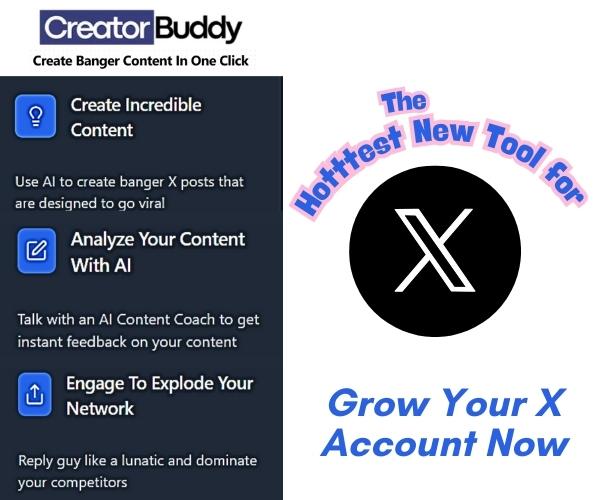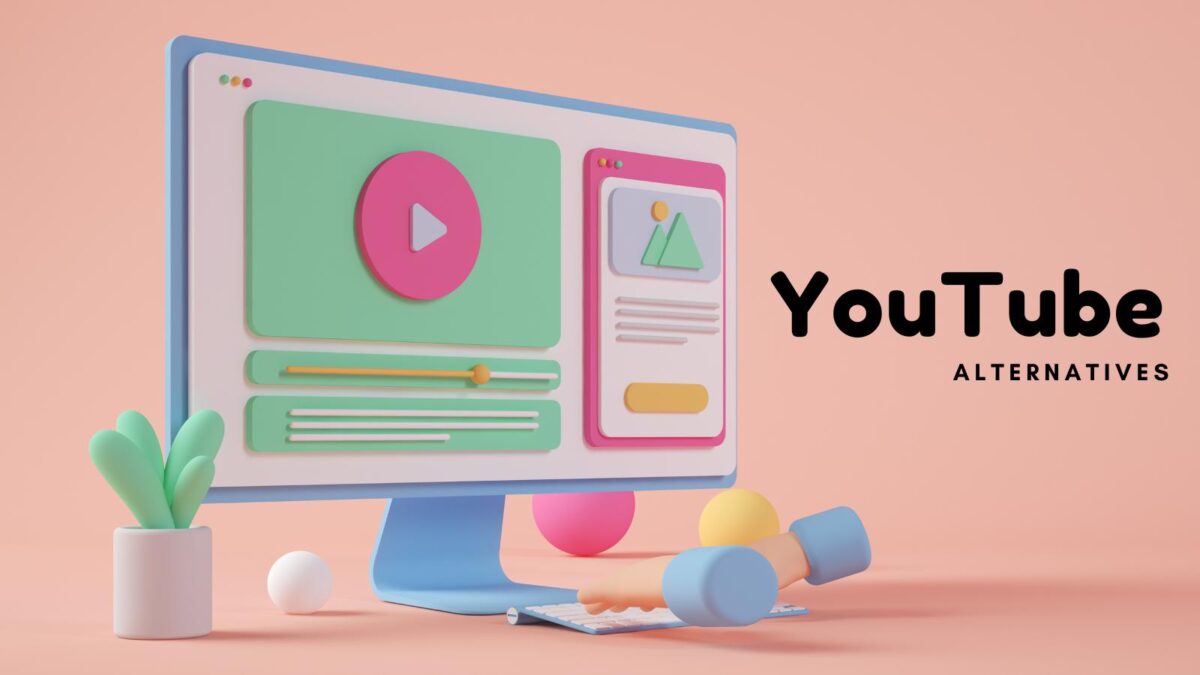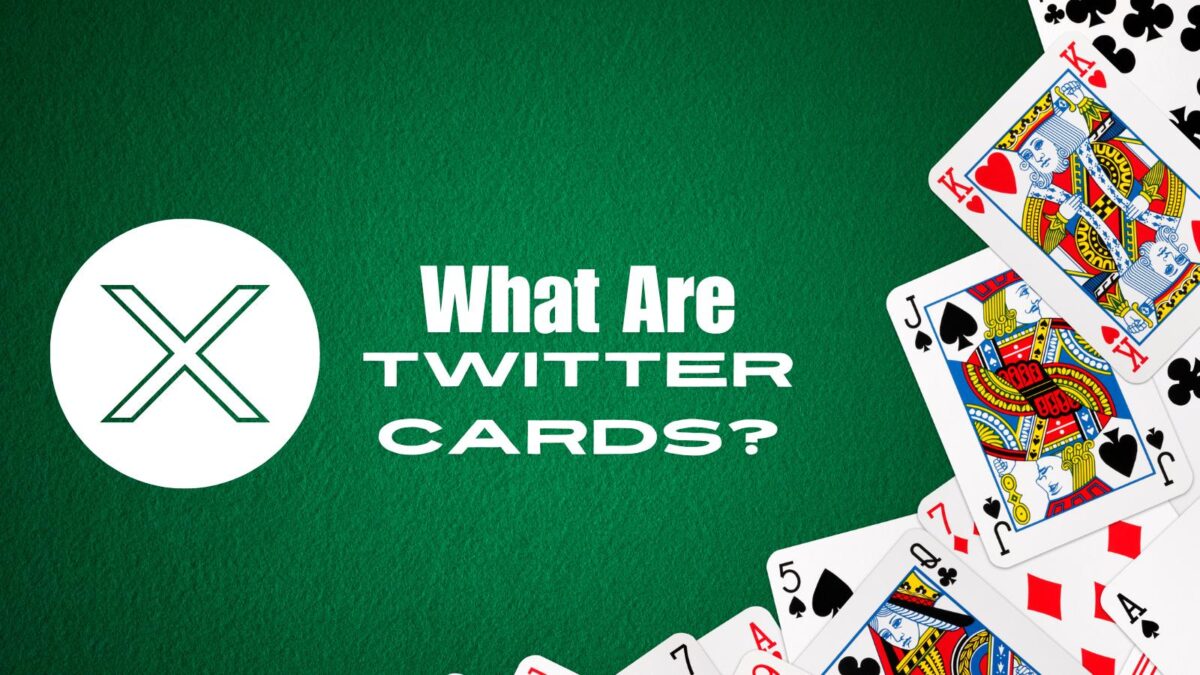Social media platforms have become a regular part of our daily lives, shaping the way we communicate, connect, and consume content. From the early days of Facebook to the viral sensation of TikTok, the evolution of a social media platform has been nothing short of revolutionary.
As I lived through the history of these platforms, I have gained insights into how they have transformed over the years. They have adapted to the ever-changing online communication landscape.
Table of Contents
Historical Background
The history of today’s social media landscape can be traced back to the early 2000s.
The start of platforms like MySpace began and when Facebook revolutionized the way we connect and interact online.
I started on MySpace when my eldest son got involved on it and had issues with friends at school because of it.
A few years later when Facebook came on the scene the school had an online security person at the school. The position was created for both parents and the children in middle and high school.
We attended a few seminars in the early days as our kids were growing up with Facebook and other social media in their lives.
The Rise of Facebook in the Evolution of Social Media Platforms
Facebook, founded by Mark Zuckerberg in 2004, quickly rose to prominence as the leading social networking platform.
Its user-friendly interface, emphasis on real identities, and innovative features such as the News Feed transformed the way people shared information.
Not only that but Facebook changed how people began to connect with friends and family.
Introduction of Twitter and Instagram Social Media Platforms
Following in the footsteps of Facebook, Twitter emerged in 2006 as a microblogging platform. It allowed users to share short, 140-character messages known as tweets. (know called posts.)
With its real-time updates and emphasis on brevity, X has become a valuable tool for sharing news. X also became engaging in public conversations.
It was a platform I joined to stay up with social media but loved how news traveled fast on that social media platform as we had an earthquake in RI in the early 2000’s.
I was working at a newspaper at the time and could not get news on it in the building. However, I learned of it on X Twitter from others in the area who I later became friends with.
X is known today still as a news social media platform and an AI tool with the introduction of GrokAI.
However, in 2010, Instagram entered the scene, focusing on visual content through photo-sharing. Its filters and editing tools revolutionized mobile photography and set the stage for the visual-centric nature of social media platforms to come.

Emergence of Snapchat and Pinterest
The subsequent emergence of Snapchat in 2011 introduced ephemeral messaging and storytelling. These are appealing to a younger demographic seeking more authentic and temporary forms of communication.
Meanwhile, Pinterest offered a unique take on social networking by focusing on visual discovery and inspiration through the concept of pinboards.
As these platforms gained traction, the social media landscape began to change. They began catering to different user preferences It paved the way for the next phase of evolution in the digital realm.
It seems as each new social media platform came into being it tracked the youngest users.
Transition to Mobile and Visual Content For Social Media Platforms
The development of social media platforms has been closely intertwined with the rise of mobile technology. With mobile being used the importance of visual content grew quickly.
As smartphones became more prevalent and accessible, social media platforms had to adapt to the changing landscape. They had to to stay relevant and meet the demands of users.
Therefore, people were increasingly consuming content on the go. That trend continues today.
A. Mobile Optimization by Social Media Platforms
One of the key turning points in the evolution of social media was the shift towards mobile optimization.
Platforms like Facebook and X Twitter quickly recognized the potential of mobile devices. They started developing mobile-friendly versions of their websites and apps.
This move allowed users to access their social networks anytime, anywhere. This lead to a significant increase in engagement and user retention.
Today everywhere you go, you see people on their phones even as they are watching TV. A little too much multi-tasking for me!
B. The Influence of Instagram and Snapchat on Visual Content
The introduction of visual platforms like Instagram and Snapchat further emphasized the importance of visual content.
Instagram, with its emphasis on photo and video sharing, quickly gained popularity. Even among users of both public and private accounts looking for a more visual way to express themselves.
Snapchat, with its short lived nature and creative filters, introduced a new way for users to communicate. They could share moments in real-time. This became known as stories on the Meta platforms.
C. Introduction of Short-form Video: Vine and the Birth of TikTok
The transitioning of social media content has been greatly influenced by the emergence of short-form video platforms.
The introduction of platforms like Vine, where users could effortlessly craft and distribute brief looping videos, marked a pivotal moment in the shift towards visual-centric content consumption.
As you can see below X may bring back Vine to it’s platform as it is focusing on video in 2025. Stay tuned as it will be interesting to see if they bring it back or not.
Bring back Vine?
— Elon Musk (@elonmusk) October 31, 2022
This shift laid the groundwork for the rise of short-form video content. It set the stage for the phenomenon that is TikTok today as well as YouTube shorts.
TikTok Big in Evolution of Social Media
TikTok, a trailblazing platform in the realm of social media. It redefined the landscape of video creation and consumption. It also captivated the hearts and minds of a vast audience, especially among the younger demographics.
Its innovative format and user-friendly interface have revolutionized the way individuals engage with video content. It offers a dynamic and interactive space for creative expression and entertainment.
Through its algorithm-driven content discovery and viral challenges, TikTok has become a powerhouse for organic reach and engagement. It made a go-to platform for brands and influencers alike to enhance their visibility and connect with a younger global audience.
However, the future of this social network is on the line later this week in Congress.
Influence
The advent of TikTok promotion has further amplified the platform’s influence. It provides businesses and content creators with a strategic avenue to boost their online presence and reach new audiences.
Leveraging TikTok’s array of features, from engaging filters and effects to trending hashtags and soundtracks, marketers can craft compelling promotional campaigns.
Campaign promotions that resonate with users and drive meaningful interactions.
With its unparalleled ability to spark trends and foster community engagement, TikTok promotion has become an indispensable tool for staying relevant and building brand affinity today.

Mobile Optimization
As social media platforms continue to evolve, the focus on mobile optimization and visual content will remain crucial in engaging users. It will help them stay competitive in the ever-changing digital landscape.
The transition to mobile and visual content has not only shaped the way we interact and communicate online but has also opened up new opportunities for creativity and expression.
Alternative Social Media Platforms
Back in 2018 the alternative social platform Parler began online. It was taken down in 2021 by it’s hosting service. Parler was taken down due to censorship growing online by it’s hosting company. (It has since gone back up!)
Next, other alternative social media networks emerged like Gab, MeWe and Truth Social. More of them came and went since that time like Discord, Blue Sky and Mastodon.
Several alternative social platforms remain going strong in their niche markets.
The Era of Influencers and Algorithmic Feeds
As social media platforms continued to transform, a new era emerged. It is characterized by the rise of influencers and the implementation of algorithmic feeds.
This shift transformed the way users engage with content and how brands reach their target audiences.
A. The Impact of Influencer Marketing on Social Media Platforms
Influencer marketing gained significant traction during this era, as brands recognized the power of influencers to authentically connect with their followers.
Influencers, who are individuals with a sizable and engaged following on social media, have become key players on social media platforms. They are shaping consumer behavior and driving brand awareness.
By partnering with influencers to promote products or services, brands were able to reach a highly targeted audience. Brands can leverage the trust and influence that these individuals had built with their followers.
B. Algorithmic Feeds: Facebook’s News Feed to TikTok’s For You Page
Algorithmic feeds became a defining feature of social media platforms, revolutionizing the way content is curated and delivered to users.
Platforms like Facebook, X Twitter, and TikTok implemented algorithms that analyze user behavior and preferences to personalize the content shown on each user’s feed.
This shift from chronological feeds to algorithm-driven feeds meant that users were more likely to see content that aligned with their interests. Therefore, increasing engagement and time spent on the platform.
C. User-generated Content and Community Building
User-generated content (UGC) also played a significant role in this era. Social media platforms increasingly emphasized the importance of authentic and relatable content created by users themselves.
Platforms like Instagram and TikTok provided users with tools to easily create and share content. This made it a sense of community and enabling individuals to express themselves creatively.
This shift towards UGC not only empowered users to become content creators but also strengthened the sense of belonging and connection within online communities.
As social media platforms continue to evolve, the era of influencers and algorithmic feeds has left a lasting impact. It is an impact on how we consume and interact with content online.
Brands, influencers, and users alike have adapted to these changes. They are shaping the landscape of social media and paving the way for new trends and innovations.
Conclusion: The Evolution of Social Media Platforms Today
The evolution of social media platforms from the early days of Facebook to the current dominance of TikTok shows the changing nature of the social media.
However , that may all change if and when TikTok is taken down or sold to a new owner in the United States.
Over the past decade, we have witnessed a shift from text-heavy platforms to visually-driven and short-form video content. This transition has been fueled by the increasing use of mobile devices and the rise of influencer culture.
Recently X shared that they are going to a more video-centric platform. That means vertical style videos like Pinterest, YouTube, TikTok, Reels, etc.
I tested it out today with a vertical video over on Twitter X:
Today I use the Link Whisper plugin to make internal linking easier and quicker.
— Lisa Sicard 👩💻 (@Lisapatb) April 29, 2024
It It also reminds me when I forget! 🔔
Get it today at $15 off with code INSPIRE – https://t.co/nTzaephf0S pic.twitter.com/lGnhMf9dgq
The evolution of social media platforms have changed the way we consume information, are entertained and how we communicate.
The introduction of algorithmic feeds, driven by user preferences and engagement, has further personalized the social media experience.
- How To Use Twitter Effectively To Make More Sales On X - June 28, 2025
- What Are Instagram Collections and How They Have Replaced Guides - June 27, 2025
- How To Use Video Buddy AI: A Step-by-Step Guide for Content Creators - June 26, 2025




